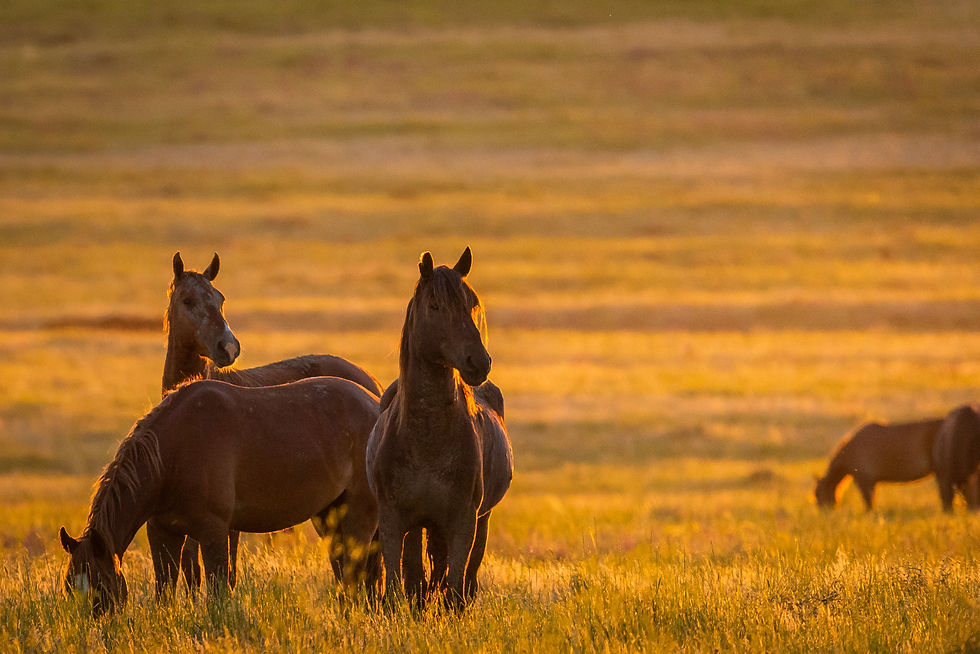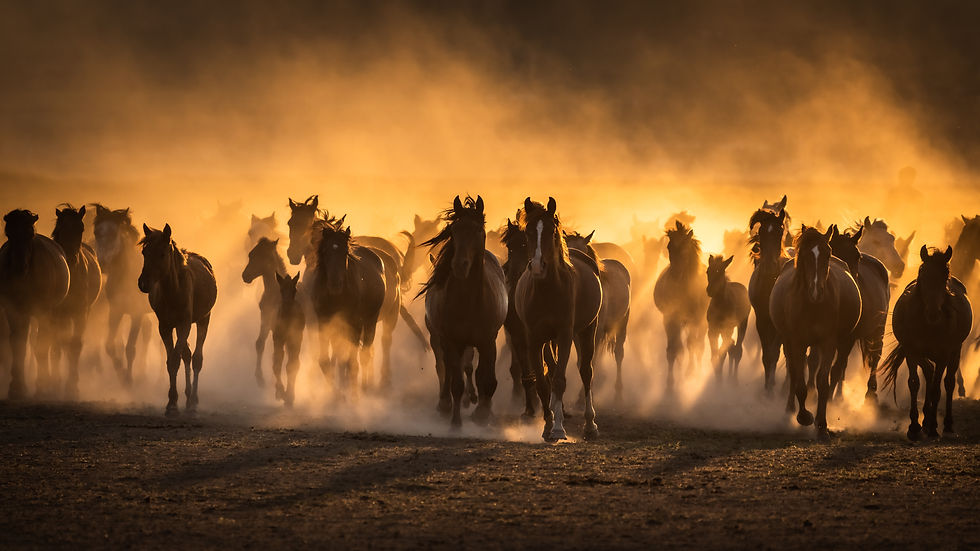Transformational Leadership in Horsemanship
- Heather Meyer Horsemanship
- Apr 18, 2022
- 3 min read

"Leadership is a process not a position."
- John C. Maxwell
Just because you have the horse on the end of rope does not make you his leader. Just because you are given a position of authority doesn't mean you have what it takes to lead others effectively. I recently read John C. Maxwell's book, The 5 Levels of Leadership, and I was shocked at the parallels between transformative leadership development and relationship-based horsemanship (RBH). It makes sense though, because the two processes are about developing functional, productive relationships and turning inwards to become truly worthy of the leading role.
In RBH, our first priorities are to find peace and build trust. We look to become an ally and team member with the horse, adapting to what he needs, and living harmoniously within what is already present. There can be no agenda other then building trust, particularly with horses that have had less than ideal experiences with humans in their past. We show the horse that we care, and provide him with what he needs to thrive. We get to know who he is and how he feels about things, so we can get good at managing ourselves around him.

I often follow the horse's lead at first, and synchronize with him to establish a fluid way of interacting. I want him to understand that I am not a threat. I do what it takes to make him feel calm and comfortable so he can think. I need to earn the role of leadership by proving to him that my awareness is sharp enough to qualify me as a suitable leader. In this way I establish a rhythm with him well within his comfort zone. I can then begin to use momentum within this rhythm to influence the path of our journey together.

Transformative leaders prioritize the integrity of their relationships. The well-being of a team member is never scarified for productivity because at the end of the day, it is the the team member's drive to participate with full motivation that will make her most productive. This makes transformative leadership far more productive than simple position-based authority. The best leaders are influencers who earn willing followers that trust their guidance and mentorship. They may not have all the answers, but they are authentic. They are aware of their projections and how they are being perceived. They are trustworthy, emotionally organized, and capable. If I am not capable at managing my own projections and compulsions, then how can I reach my own most productive state. And if I cannot reach my own most productive state, then how can I guide others to do the same.

One of the biggest benefits of building these skills through horsemanship is that you cannot fake your suitability to horses the way you can with people. They are prey animals, and their survival has depended on their level of awareness. If you cannot find balance between trust and respect, then you will not be able to build effective relationships with them.

The herd itself has much to teach us about functional leadership as well. Humanity has a lot to learn when it comes to the well-being of the collective. Just as in a herd, our leaders should be mostly indistinguishable from their followers, and view leadership as only one role of the many others that make up the group. We must delegate accordingly to utilize the strengths of each individual group member as needed, even if it means surrendering our decision making duties when called for. We are part of a unit, and must not separate ourselves from the rest of the group or we will lose our ability to understand what is best for the collective.
































Comments